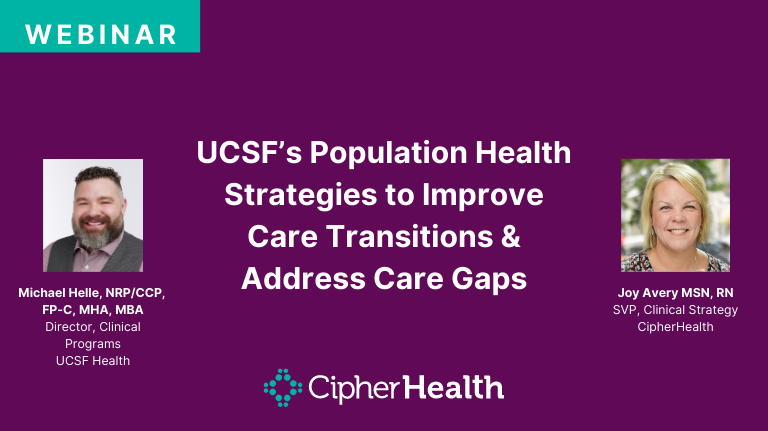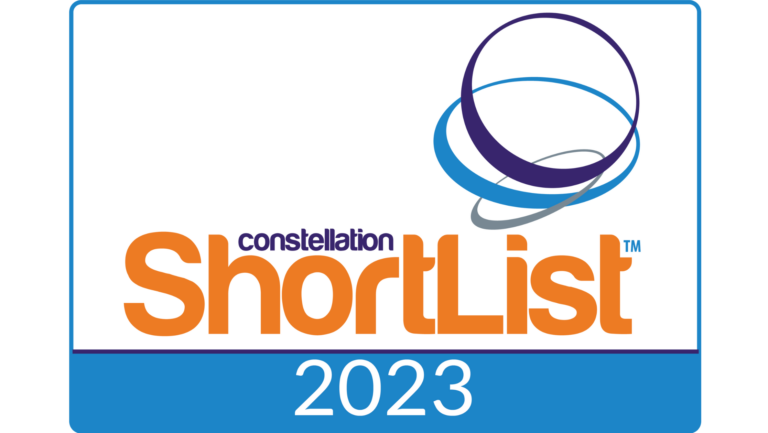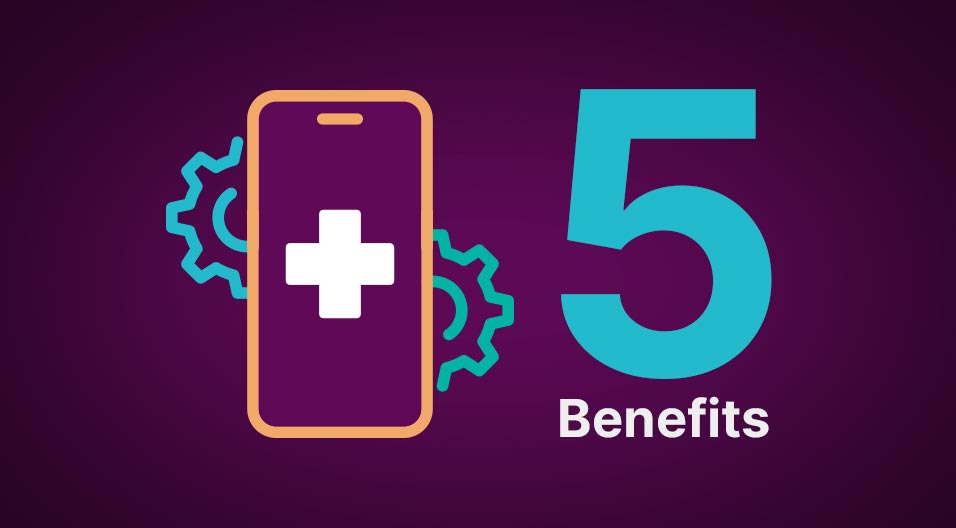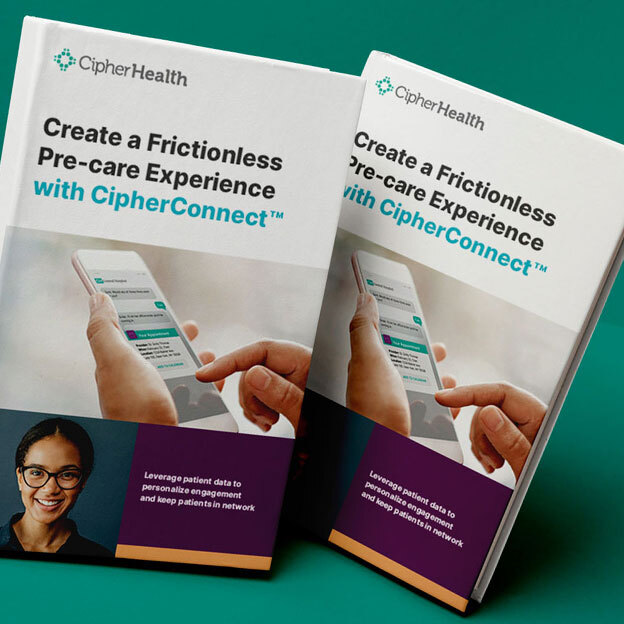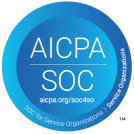Modern pre-care tools are no longer a “nice to have” for health systems. More than half of US health systems expect to lose money this year. Staffing shortages, burnout, and higher costs for labor in general have created an unsustainable environment in the healthcare industry. Yet, growing consumer-centric trends mean that they must stand out to existing and new patients — but how?
The answer lies in an upfront investment in a pre-care solution that creates cost savings in the long run. Everyone’s heard the expression, “work smarter not harder.” And still, some healthcare providers continue to rely on staff members for manual appointment scheduling, reminders, pre-visit paperwork like consent forms, insurance, payments and other key pieces of information. These repetitive tasks require more staff, more time, creates a higher probability of clerical errors, and is not the modern engagement patients are even looking for.
A work-smarter strategy involves employing technology and healthcare automation to take on this work. Digital tools like mobile outreach via chatbot facilitate communication with patients during the pre-care stage of their journey in a modality they expect and are already familiar with.
While it goes without saying that budgets are tight, it is important to consider that the probability of ROI with digital pre-care tools is high. Take, for example, CipherHealth’s customer Eskenazi Health. With automated appointment reminders to engage patients to either confirm or cancel their appointment, they could increase appointment slot utilization, leading to an estimated at 1.9M in revenue from backfilled appointments.
Why Health Systems Should Invest in Pre-care Tools:
- Recoup lost revenue. Missed appointments can have a significant impact on health systems’ bottom lines. Leveraging workflow automation via voice, text, email and conversational engagement to remind thousands of patients about their upcoming visits and make it easy to reschedule will decrease no-show rates and help to bring back unengaged patients. Another CipherHealth customer, Community Health Network, added $3M+ in revenue and decreased their no-show rate by 1.2%.
- Save staff time with digital workflows. Frontline staff are overworked and under pressure, leading to troubling levels of burnout. Their well-being is just as important as patients’. By collecting patient data digitally, instead of hardcopy intake materials that can introduce errors, repetitive work can be taken off their already busy plates. With pre-care tools to automate rote tasks, one health system saved 10-15 FTEs worth of time, enabling staff to focus on higher priority tasks.
- Enhance patient experience. Studies show that nearly 70% of patients demand more convenient virtual replacements for physical waiting rooms. Indeed, patients want frictionless experiences that save them time — from scheduling appointments to submitting personal information prior to even setting foot in a healthcare setting — and to be able to use their mobile devices to complete most transactions. Creating a faster, easier, more personal experience with automation technology will help retain current patients while also attracting back less engaged patients to participate in their own care.

- Get the most out of their data. Data allows for visibility into patient engagement, into what’s working and what’s not. Digital pre-care tools allow healthcare providers to track the number of patients reached, and via what method—voice, text-email or conversational engagement—and even the times of day that work the best. Verify your automated message delivery rates to patients via the EHR activation gateway. CipherHealth’s customer, Community Health Network, was able to find the cause of blocked messages to patients, remedy the problem, and achieve a delivery rate of 98%.
- Aid in preventive care. Prevention is a pillar of public health and it is estimated missed opportunities cost the healthcare systems 750B a year. Patients who are less compliant with screenings, check ups or vaccinations are more likely to have worse health outcomes and result in a higher total cost of care, particularly in the case of avoidable readmissions. With digital tools and solutions that allow health systems to deploy broadcasts and messages at scale, they can democratize access and keep patients well by letting them know how, when and where they can get the care they need.
The bottom line: workflow automation helps health systems address some of their many current challenges head on. From disengaged patients, to staff shortages, to new competition, digital pre-care strategies offer a realistic and sustainable solution for improving the patient-consumer experience while also reducing costs over time.
